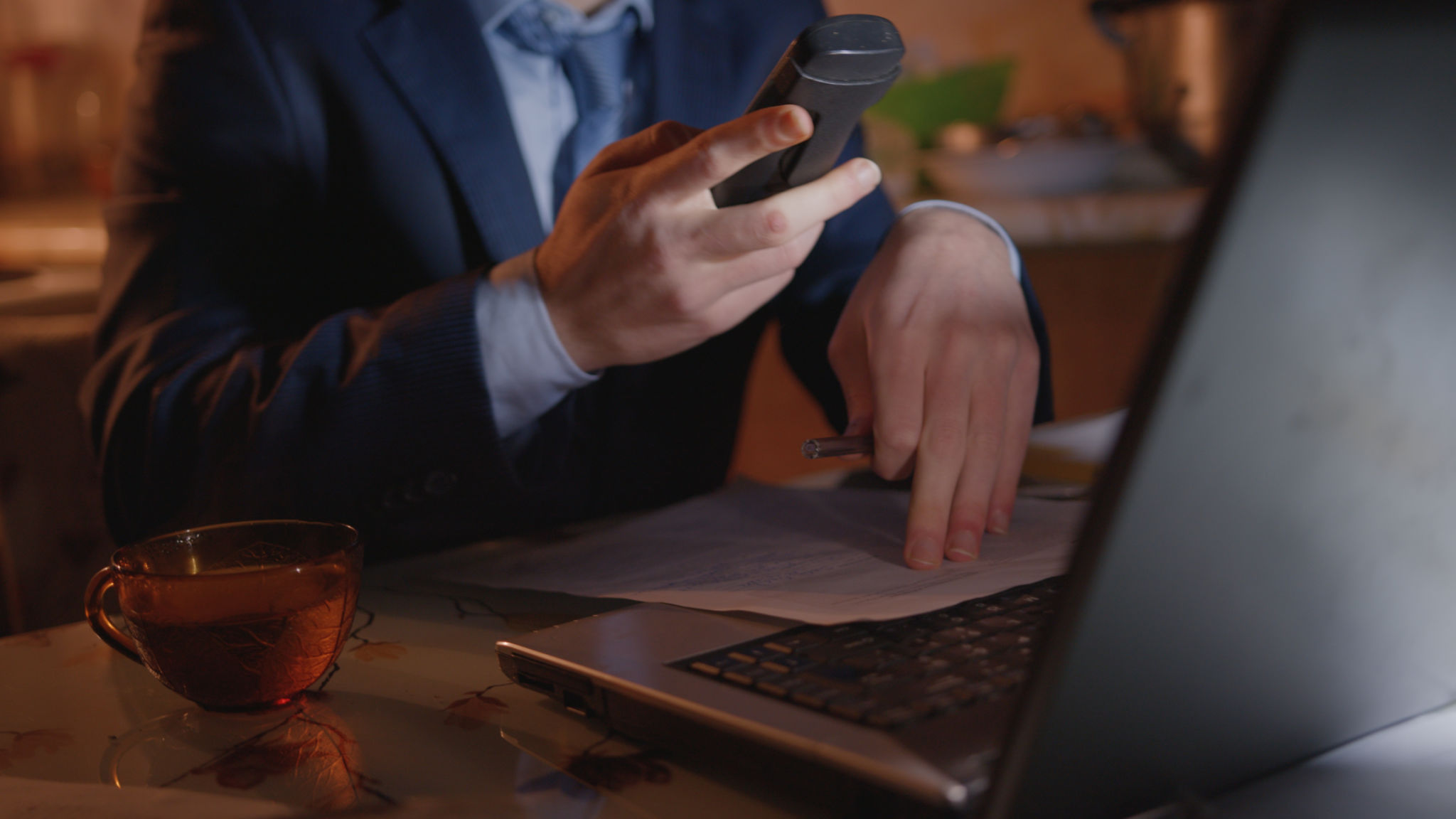Preparing for a Remote Notarization: What You Need to Know
In today's digital age, the process of notarization has evolved significantly with the option of remote notarization. This convenient method allows individuals to have documents notarized without needing to meet a notary public in person. Understanding how to prepare for remote notarization is crucial to ensure a smooth and successful process.
Understanding Remote Notarization
Remote notarization, also known as online or electronic notarization, involves the use of digital tools to complete the notarization process. This method is not only efficient but also offers greater accessibility, especially for those unable to meet a notary face-to-face. Before endeavoring into remote notarization, it's essential to understand the legal requirements and any state-specific regulations that may apply.

Legal Requirements and Regulations
Not all states or countries permit remote notarization, so the first step is to confirm its legality in your area. Each jurisdiction may have specific rules regarding the use of electronic signatures and the platforms that can be used for remote notarization. It's important to check with legal resources or consult with a professional to ensure compliance.
Furthermore, the document being notarized must also be eligible for remote notarization. Some documents, like wills or real estate transactions, may have additional requirements or restrictions.
Preparing Your Documents
Once you've confirmed that remote notarization is allowed for your documents, the next step is preparation. This involves ensuring that the documents are complete and in a format that can be easily uploaded and shared with the notary. Common formats include PDF or DOCX. Additionally, make sure there are no blanks or incomplete sections in the documents to prevent any delays during the notarization process.

Identity Verification
An essential component of remote notarization is identity verification. You will need to provide valid identification that can be verified through the chosen platform. This often involves using a government-issued ID, such as a driver's license or passport, and sometimes answering security questions for additional authentication.
Some remote notarization platforms require a brief video call with the notary to confirm your identity visually. Ensure that your webcam and microphone are functioning properly before the scheduled session.
Selecting the Right Platform
There are various platforms available for remote notarization, each offering different features and levels of security. When selecting a platform, consider factors such as ease of use, security measures, and any associated fees. Reading reviews and seeking recommendations can also help in choosing a reliable service.

Scheduling the Notarization
Once your documents are ready and you've selected a platform, schedule the notarization appointment at a time convenient for you and the notary. It's wise to allocate extra time in case of technical difficulties or unexpected delays.
During the session, ensure you are in a quiet environment with a stable internet connection. This minimizes distractions and potential disruptions during the notarization process.
Final Steps and Considerations
After completing the remote notarization, you'll receive a digital certificate or seal as proof of notarization. Keep an electronic copy safe and secure; it's advisable to save multiple backups in different locations or on cloud storage services.
Lastly, familiarize yourself with any follow-up actions required after notarization, such as sending copies to relevant parties or filing them with certain agencies. Proper organization will help ensure that all necessary steps are completed without issue.


